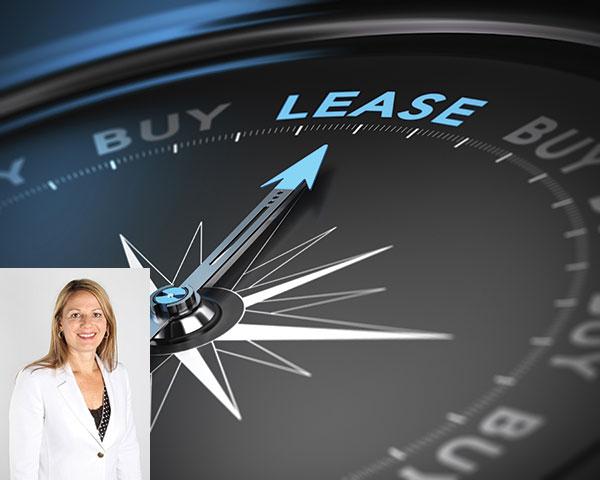- FMA
- The Fabricator
- FABTECH
- Canadian Metalworking
The Decision: Buy or Lease?
Leasing can secure the machines your business needs
- By Carol Stubits
- January 19, 2015
- Article
- Management
Heading into 2015 the manufacturing industry is positioned for success. Metal, machinery, and chemical industries will be able to leverage a lower Canadian dollar and rising foreign demand to increase exports. Manufacturers may start to consider ramping up production and will want to ensure their equipment is ready to perform.
Running successful manufacturing plants depends greatly on the quality of the equipment. To ensure this, ask yourself questions: Am I using the latest technology to guarantee my customers the best product? Is my equipment fast, saving me money in efficiencies? Does my equipment have the latest features to keep employees safe?
When you start to think about it, the equipment in your plant really is the cornerstone of your business.
Investing in new equipment during the economic downturn has been difficult for some. Sticker shock sets in when you see the price tag on new equipment. Then, if orders aren’t steady, you won’t have income to pay down the debt.
Leasing Versus Buying
Let’s clear the air right away. There’s no hard-and-fast rule that says either leasing or buying is ideal. Both options have their advantages and disadvantages. The optimal decision will depend on your business and financial situation.
Leasing
Pros
- Potentially expense your lease payments as a tax deduction.
- Preserve your cash and lines of credit, leaving more capital for business inputs.
- Customize your payment schedule to match your revenue.
- Make no traditional down payment.
- an automatic buy-out or trade-up option.
- Upgrade your equipment once it becomes obsolete.
Cons
- Possible higher borrowing costs.
- Not as much instant equity as with a purchase or loan.
Buying
Pros
- Build full equity through ownership.
- Potentially claim depreciation as a long-term tax deduction. However, this may be a con if you prefer tax deductions in the short term.
- Claim loan interest as a business expense.<\li>
Cons
- A purchase or down payment will tie up cash flow.
- You’re stuck with the equipment if it becomes obsolete.
It’s important to make a decision based on your unique situation. Again, ask certain questions, including the following: How sensitive is my cash flow or line of credit for equipment purchases? Does my desired equipment have a high rate of obsolescence? What’s my preference —claiming the equipment tax benefits in the short term through leasing or long term through depreciation? How’s my credit rating?
Answer these questions first before you make any leasing or buying decision, and always consult your accountant to work the numbers and find out what’s right for you.
Leasing: A Real-world Example
A manufacturer was looking for a 5-axis CNC vertical machining center complete with tooling for around $250,000. His shop had just landed a new contract and wanted the latest piece of equipment to get started on production right away.
His business had survived the credit crisis, recession, and “Buy America” issues of the late 2000s. Several of his competitors made big-dollar capital expenditures by acquiring their equipment. Almost overnight contracts and customers were gone, greatly affecting revenue and cash. They had nothing in the bank for a rainy day.
He had gotten great advice early on in his career and took advantage of leasing equipment instead of purchasing. Because of no down payment and a decent residual at the end of a 5-year term, he had manageable monthly payments that helped him get through the lean years. When his lease was over and with the new contract, the time was perfect to upgrade his equipment.
subscribe now


Keep up to date with the latest news, events, and technology for all things metal from our pair of monthly magazines written specifically for Canadian manufacturers!
Start Your Free Subscription- Trending Articles
- Industry Events
MME Winnipeg
- April 30, 2024
- Winnipeg, ON Canada
CTMA Economic Uncertainty: Helping You Navigate Windsor Seminar
- April 30, 2024
- Windsor, ON Canada
CTMA Economic Uncertainty: Helping You Navigate Kitchener Seminar
- May 2, 2024
- Kitchener, ON Canada
Automate 2024
- May 6 - 9, 2024
- Chicago, IL
ANCA Open House
- May 7 - 8, 2024
- Wixom, MI















